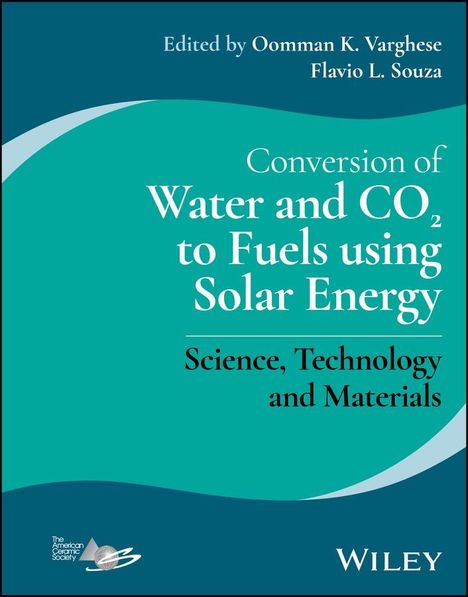Varghese: Conversion of Water and CO2 to Fuels using Solar E nergy: Science, Technology and Materials
Conversion of Water and CO2 to Fuels using Solar E nergy: Science, Technology and Materials
Buch
- Science, Technology and Materials
- Verlag:
- Wiley, 03/2024
- Einband:
- Gebunden
- Sprache:
- Englisch
- ISBN-13:
- 9781119600848
- Artikelnummer:
- 10984815
- Umfang:
- 416 Seiten
- Gewicht:
- 666 g
- Maße:
- 274 x 216 mm
- Stärke:
- 28 mm
- Artikelnummer:
- 10984815
- Erscheinungstermin:
- 26.3.2024
- Hinweis
-
Achtung: Artikel ist nicht in deutscher Sprache!
Klappentext
Comprehensive Resource for Understanding the Emerging Solar Technologies for Hydrogen Generation via Water Splitting and Carbon-based Fuel Production via CO2 RecyclingFossil fuel burning is the primary source of carbon in the atmosphere. The realization that such burning can harm the life on our planet, has led to a surge in research activities that focus on the development of alternative strategies for energy conversion. Fuel generation using solar energy is one of the most promising approaches that has received widespread attention. The fuels produced using sunlight are commonly referred to as "solar fuels." This book provides researchers interested in solar fuel generation a comprehensive understanding of the emerging solar technologies for hydrogen generation via water splitting and carbon-based fuel production via CO2 recycling.
The book presents the fundamental science, technologies, techno-economic analysis, and most importantly, the materials that are being explored to establish artificial methods of fuel production using solar energy. For the rapid advancement of the field, it is necessary for researchers, particularly for those who are new to the field, to have clear knowledge of various materials studied so far and their performance. For this reason, almost half of the book is dedicated to the discussions on materials and properties. Key topics discussed in the book include:
Photocatalytic / photoelectrochemical processes that use semiconductor photocatalysts, including both ceramic and non-ceramic materials
Photovoltaic assisted electrochemical processes
Solar thermochemical processes
Molecular photosynthesis
Researchers and professionals in the fields of energy and materials and closely related science and engineering disciplines could use this book to aquire clear insights on both mainstream solar fuel technologies and those in the developmental stages.


